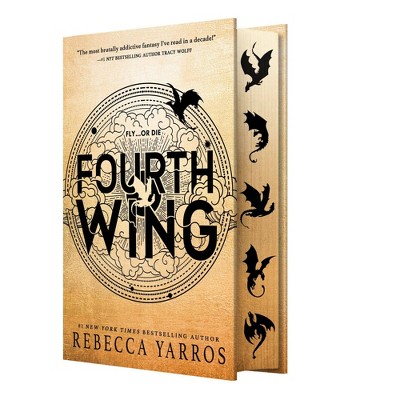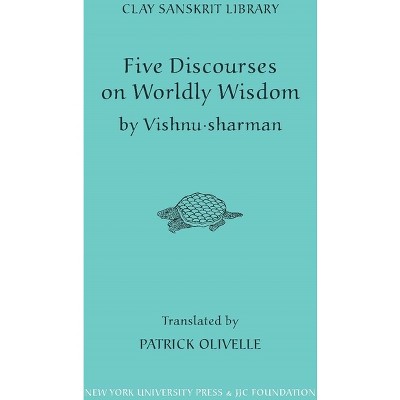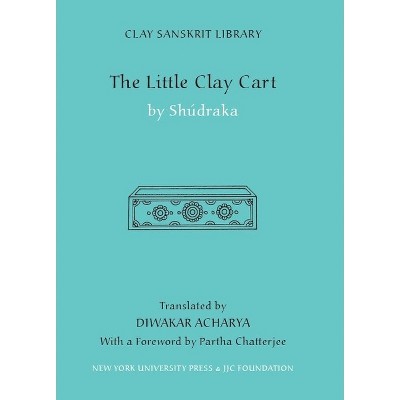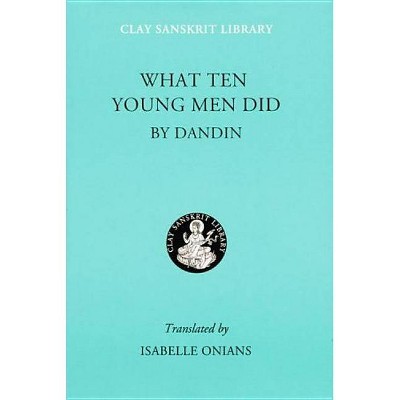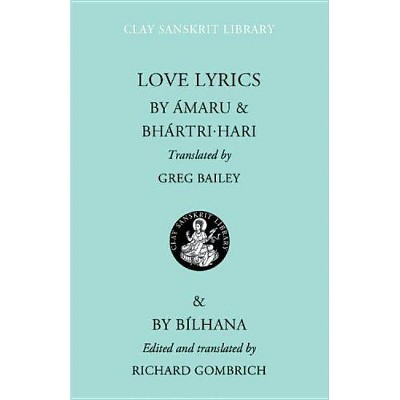Sponsored

Ramayana Book One - (Clay Sanskrit Library) by Valmiki (Hardcover)
In Stock
Sponsored
About this item
Highlights
- One of the great national epics of India that blends poetry and adventure to tell the origin story of the hero RamaRama, the crown prince of the City of Ayodhya, is a model son and warrior.
- Author(s): Valmiki
- 424 Pages
- Poetry, Ancient & Classical
- Series Name: Clay Sanskrit Library
Description
About the Book
A bilingual edition of a literary epic in Sanskrit.Book Synopsis
One of the great national epics of India that blends poetry and adventure to tell the origin story of the hero Rama
Rama, the crown prince of the City of Ayodhya, is a model son and warrior. He is sent by his father the king to rescue a sage from persecution by demons, but must first kill a fearsome ogress. That done, he drives out the demons, restores peace, and attends a tournament in the neighboring city of Mithila; here he bends the bow that no other warrior can handle, winning the prize and the hand of Sita, the princess of Mithila.
Valmíki's Ramáyana is one of the two great national epics of India, the source revered throughout South Asia as the original account of the career of Rama, ideal man and incarnation of the great god Vishnu. The first book, "Boyhood," introduces the young hero Rama and sets the scene for the adventures ahead. It begins with a fascinating excursus on the origins and function of poetry itself.
Co-published by New York University Press and the JJC Foundation
For more on this title and other titles in the Clay Sanskrit series, please visit http: //www.claysanskritlibrary.org
Review Quotes
"A fascinating account of black women in the armed forces in World War II. We are indebted to Brenda Moore for recording this story while these women are still with us. Moore gives powerful new insights for African American studies, gender studies, and military history."-Charles Moskos, Professor of Sociology, Northwestern University
"A rich, comprehensive study." -"Philadelphia New Observer",
"Drawing on the testimony of former members of the unit, Moore recounts its formation, training and service in the European theater of operations in 1945-46, highlighting the discrimination women faced because of their race and gender. . . . An important contribution to African American and gender studies . . . "-"Publishers Weekly",
"Moore has made an incredible discovery. This book will be a major contribution to military studies, African American studies, and women's studies." -"Booklist",
"This work fills the void that has been created by scholars of military institutions. It represents an original analysis of the experience of women of African descent who served their country in the Women's Army Corps during World War II. Her robust analysis of their feelings, motivations and experience within the military provides the reader with a moving tale of accomplishments of black women during a critical point in the history of the country. Professor Moore's separation of race and gender effects in the book is excellent, and brings out the fact that women of African descent must be seen in their own historical light if one is to understand their unique history. This book makes a significant contribution to military sociology, gender studies, American studies, and race and ethnic relations." -John Sibley Butler, The University of Texas at Austin, author of "Entrepreneurship and Self-Help Among Black Americans: A Reconsideration of Race and Economics"
"No effort has been spared to make these little volumes as attractive as possible to readers: the paper is of high quality, the typesetting immaculate. The founders of the series are John and Jennifer Clay, and Sanskritists can only thank them for an initiative intended to make the classics of an ancient Indian language accessible to a modern international audience."
-"The Times Higher Education Supplement",
"Published in the geek-chic format."
-"BookForum",
"The "Clay Sanskrit Library" represents one of the most admirable publishing projects now afoot. . . . Anyone who loves the look and feel and heft of books will delight in these elegant little volumes."-"New Criterion",
"The books line up on my shelf like bright Bodhisattvas ready to take tough questions or keep quiet company. They stake out a vast territory, with works from two millennia in multiple genres: aphorism, lyric, epic, theater, and romance."
-Willis G. Regier, "The Chronicle Review"
"Very few collections of Sanskrit deep enough for research are housed anywhere in North America. Now, twenty-five hundred years after the death of Shakyamuni Buddha, the ambitious Clay Sanskrit Library may remedy this state of affairs."
-"Tricycle",
(
"No effort has been spared to make these little volumes as attractive as possible to readers: the paper is of high quality, the typesetting immaculate. The founders of the series are John and Jennifer Clay, and Sanskritists can only thank them for an initiative intended to make the classics of an ancient Indian language accessible to a modern international audience."
)-("The Times Higher Education Supplement"), ()
(
"Published in the geek-chic format."
)-("BookForum"), ()
(
"The "Clay Sanskrit Library" represents one of the most admirable publishing projects now afoot. . . . Anyone who loves the look and feel and heft of books will delight in these elegant little volumes.")-("New Criterion"), ()
(
"The books line up on my shelf like bright Bodhisattvas ready to take tough questions or keep quiet company. They stake out a vast territory, with works from two millennia in multiple genres: aphorism, lyric, epic, theater, and romance."
)-(Willis G. Regier), ("The Chronicle Review")
(
"Very few collections of Sanskrit deep enough for research are housed anywhere in North America. Now, twenty-five hundred years after the death of Shakyamuni Buddha, the ambitious Clay Sanskrit Library may remedy this state of affairs."
)-("Tricycle"), ()
"Published in the geek-chic format."
Shipping details
Return details
Trending Poetry




